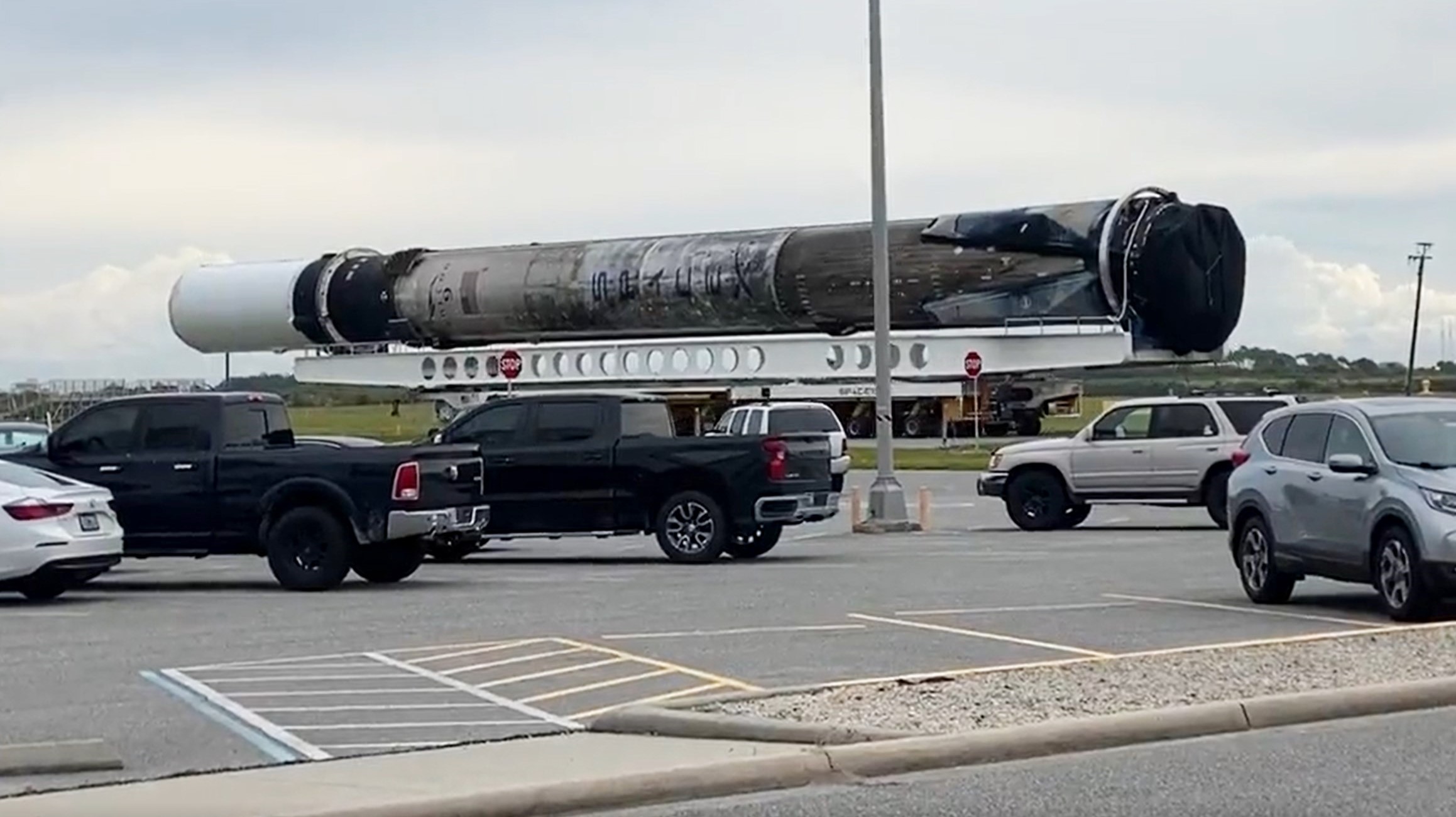
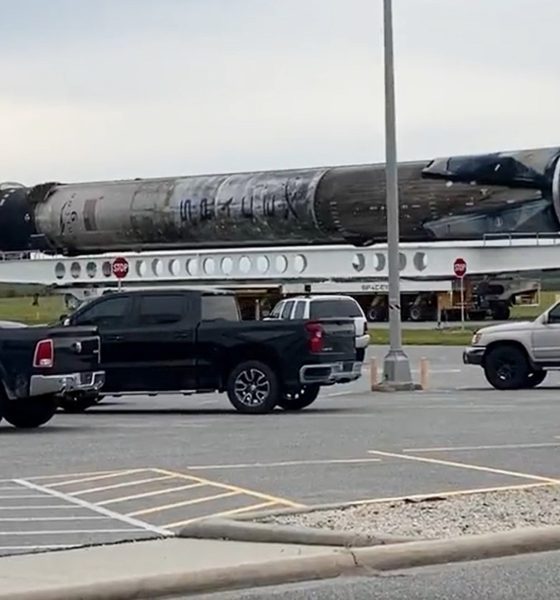
News
SpaceX schedules first East Coast Starlink launch in half a year
In just a few days, SpaceX’s next Starlink mission has gone from a complete mystery to a firm launch date.
Set to be SpaceX’s first Starlink launch in almost two months and first East Coast Starlink mission in almost half a year, the launch effectively came out of nowhere with a single week’s warning. For mostly unknown reasons, after completing an unprecedented 13 Starlink launches carrying almost 1000 satellites into orbit in the first five months of 2021, SpaceX has launched just one more batch of Starlink satellites in the last five months. Initially, mid-year, a brief delay of a month or two was expected as SpaceX prepared to debut the next generation of Starlink satellites on the West Coast.
Without explanation, that pause soon ballooned to four months and Starlink launches from Florida unexpectedly ceased in the meantime. Finally, on September 14th, SpaceX completed its first dedicated West Coast Starlink launch, delivering the first 51 new laser-linked Starlink V1.5 satellites to orbit. Again, oddities continued to abound in October as a second West Coast Starlink launch initially scheduled mid-month was delayed indefinitely – and remains so almost a month later.
As of just a few days ago, SpaceX still had no Starlink missions with firm launch dates. However, on November 4th, a sooty Falcon 9 booster (B1062) with a shiny new second stage attached was spotted rolling down Kennedy Space Center (KSC) road on its way to SpaceX’s other Cape Canaveral LC-40 pad. Given that Pad 39A was already occupied with a Falcon 9 rocket and Crew Dragon spacecraft scheduled to launch four astronauts as early as November 10th and that the next mission clearly on SpaceX’s East Coast manifest was more than a month away, a surprise Starlink mission was the only obvious explanation.
Indeed, just a day after that surprise rocket transport, hazard areas published by the Cape Canaveral’s 45th Space Wing confirmed that SpaceX had scheduled a Starlink launch no earlier than (NET) 7-8am EST (12-13:00 UTC) on Friday, November 12th. Oddly, instead of the polar “Starlink 2-2” launch most observers were expecting, the range hazard area announcement was for a mission called “Starlink 4-1,” raising further questions about SpaceX’s new naming scheme.
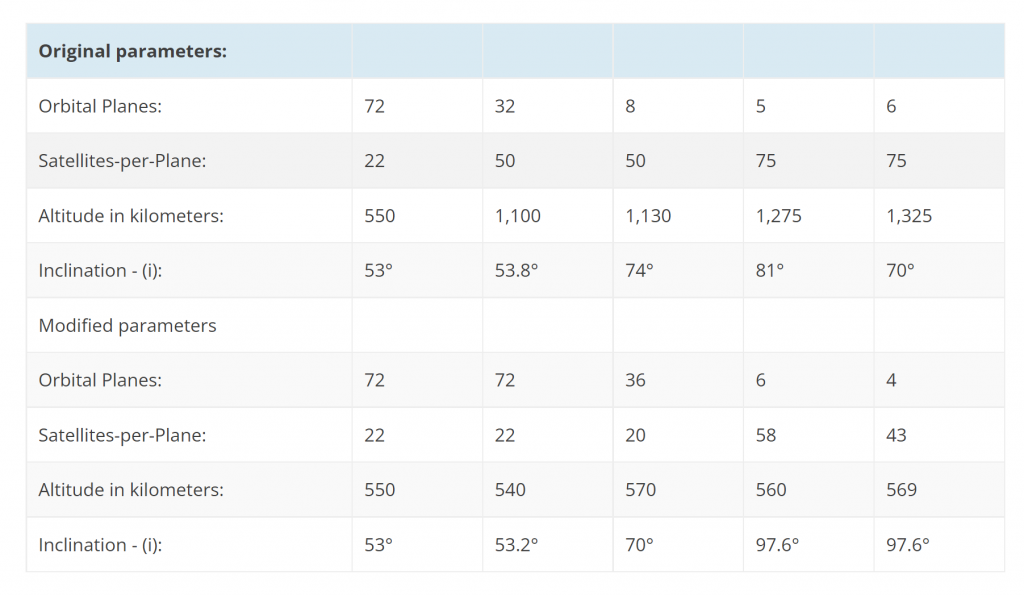
In simple terms, the first ~4400-satellite phase of SpaceX’s Starlink constellation is split into five groups of satellites – known as shells – with different orbital altitudes and inclinations (the orbit’s tilt). In May, SpaceX’s most recent East Coast Starlink launch effectively completed the first of those five shells. With Starlink V1.5’s September debut, SpaceX also debuted a new naming scheme, deeming the mission Starlink 2-1 – the first launch of the second shell. Based on the inclination implied in Starlink 4-1’s hazard warning, Shell 4 refers to a second group of 1584 satellites almost identical to Shell 1, while Shell 2 is a semi-polar group of 720 satellites. That means that Shells 3 and 5 are sets of either 340 or 158 satellites at slightly different altitudes in polar orbit and will likely be the last Phase 1 Starlink satellites SpaceX launches.
Unlike Shell 1’s Starlink V1.0 satellites, Shell 4 is expected to use Starlink V1.5 satellites with laser interlinks that will eventually allow the constellation to route communications entirely in orbit, limiting the need for ground stations that are both expensive and a bureaucratic nightmare to construct and operate.
Serving as a final confirmation of the imminent Starlink launch, SpaceX service ship Bob departed Port Canaveral with drone ship A Shortfall of Gravitas (ASOG) under tow on November 7th, joining drone ship Just Read The Instructions – already at sea for Crew-3 booster recovery.

News
Tesla dominates in the UK with Model Y and Model 3 leading the way
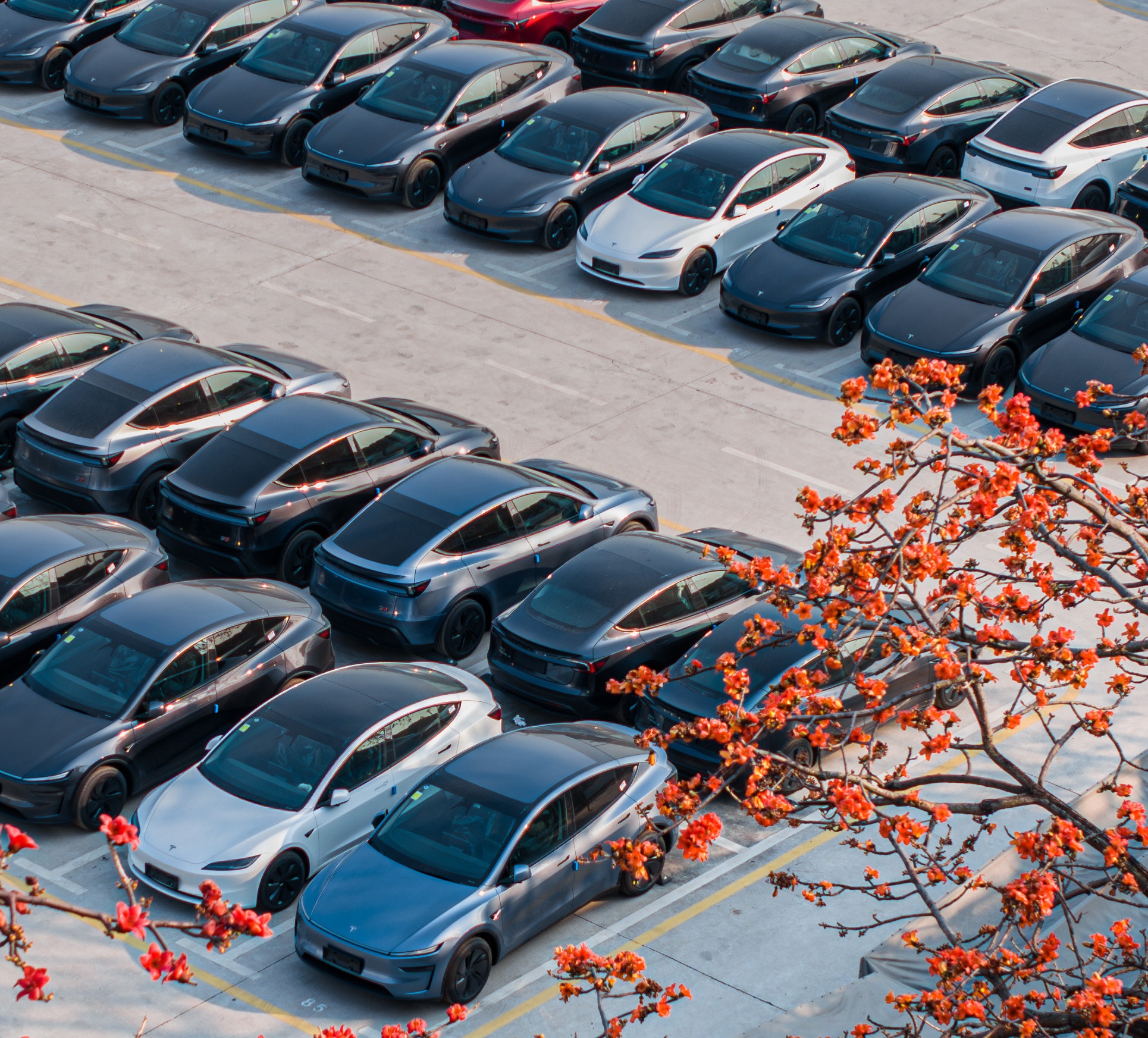
Tesla is dominating in the United Kingdom so far through 2025, and with about two weeks left in the year, the Model Y and Model 3 are leading the way.
The Model Y and Model 3 are the two best-selling electric vehicles in the United Kingdom, which is comprised of England, Scotland, Wales, and Northern Ireland, and it’s not particularly close.
According to data gathered by EU-EVs, the Model Y is sitting at 18,890 units for the year, while the Model 3 is slightly behind with 16,361 sales for the year so far.
The next best-selling EV is the Audi Q4 e-tron at 10,287 units, lagging significantly behind but ahead of other models like the BMW i4 and the Audi Q6 e-tron.
GOOD NEWS 🇬🇧 Tesla is absolutely crushing the UK electric vehicle market in 2025 💥
The numbers are in, and the dominance is clear. With an impressive amount of 42,270 vehicles delivered year-to-date, the brand now commands a solid 9.6% market share of the total auto market 🆒… pic.twitter.com/dkiGX9kzd0
— Ming (@tslaming) December 18, 2025
The Model Y has tasted significant success in the global market, but it has dominated in large markets like Europe and the United States.
For years, it’s been a car that has fit the bill of exactly what consumers need: a perfect combination of luxury, space, and sustainability.
Both vehicles are going to see decreases in sales compared to 2024; the Model Y was the best-selling car last year, but it sold 32,610 units in the UK. Meanwhile, the Model 3 had reached 17,272 units, which will keep it right on par with last year.
Tesla sold 50,090 units in the market last year, and it’s about 8,000 units shy of last year’s pace. It also had a stronger market share last year with 13.2 percent of the sales in the market. With two weeks left in 2025, Tesla has a 9.6 percent market share, leading Volkswagen with 8 percent.
The company likely felt some impact from CEO Elon Musk’s involvement with the Trump administration and, more specifically, his role with DOGE. However, it is worth mentioning that some months saw stronger consumer demand than others. For example, sales were up over 20 percent in February. A 14 percent increase followed this in June.
News
Tesla Insurance officially expands to new U.S. state
Tesla’s in-house Insurance program first launched back in late 2019, offering a new way to insure the vehicles that was potentially less expensive and could alleviate a lot of the issues people had with claims, as the company could assess and repair the damage itself.
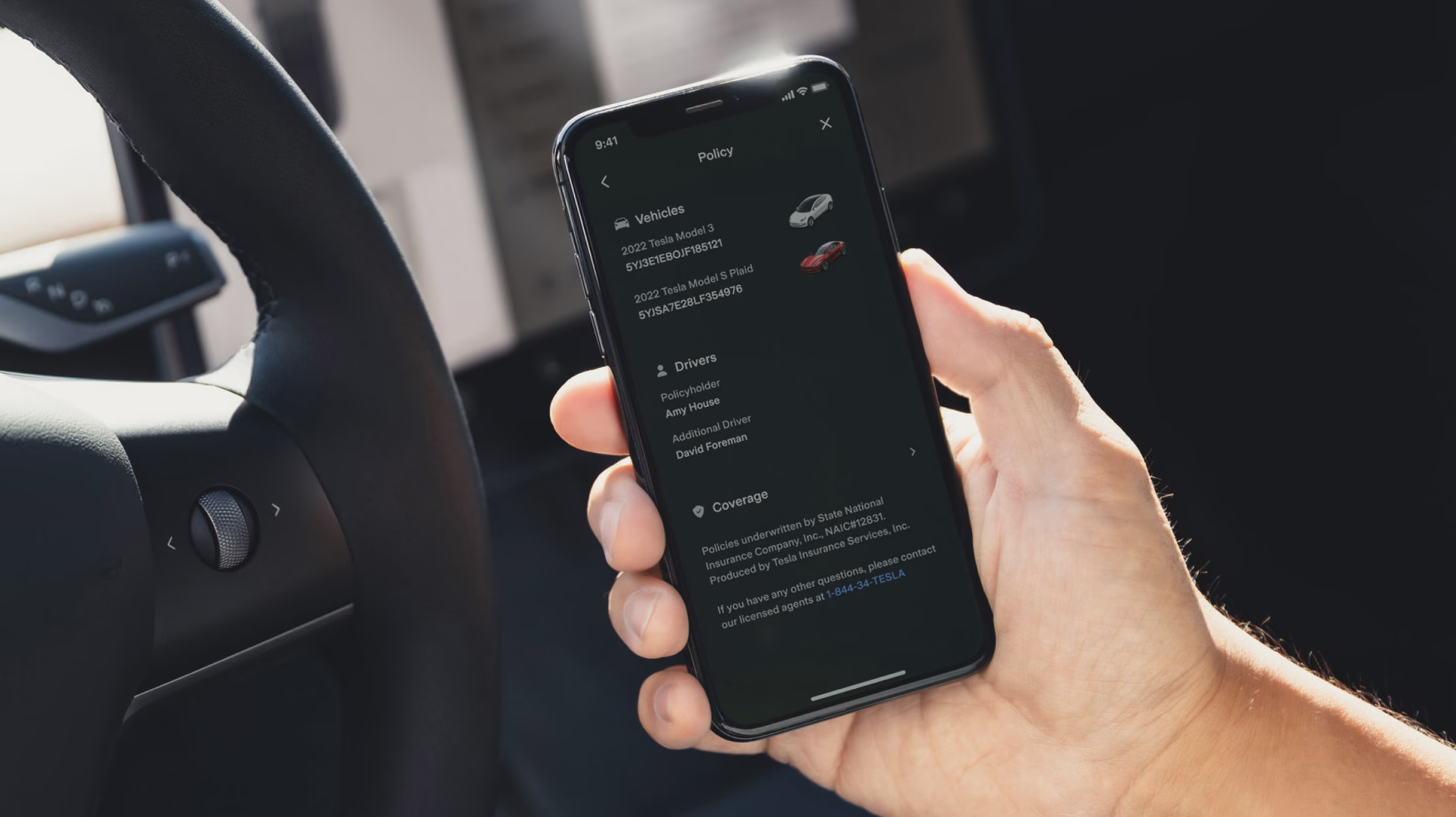
Tesla Insurance has officially expanded to a new U.S. state, its thirteenth since its launch in 2019.
Tesla has confirmed that its in-house Insurance program has officially made its way to Florida, just two months after the company filed to update its Private Passenger Auto program in the state. It had tried to offer its insurance program to drivers in the state back in 2022, but its launch did not happen.
Instead, Tesla refiled the paperwork back in mid-October, which essentially was the move toward initiating the offering this month.
BREAKING: Tesla Insurance has just officially launched in Florida.
This is the first new state to receive @Tesla Insurance in more than 3 years. In total, Tesla insurance is now available in 13 U.S. states (map in thread below of all the states).
Tesla Insurance in Florida uses… pic.twitter.com/bDwh1IV6gD
— Sawyer Merritt (@SawyerMerritt) December 17, 2025
Tesla’s in-house Insurance program first launched back in late 2019, offering a new way to insure the vehicles that was potentially less expensive and could alleviate a lot of the issues people had with claims, as the company could assess and repair the damage itself.
It has expanded to new states since 2019, but Florida presents a particularly interesting challenge for Tesla, as the company’s entry into the state is particularly noteworthy given its unique insurance landscape, characterized by high premiums due to frequent natural disasters, dense traffic, and a no-fault system.
Annual average premiums for Florida drivers hover around $4,000 per year, well above the national average. Tesla’s insurance program could disrupt this, especially for EV enthusiasts. The state’s growing EV adoption, fueled by incentives and infrastructure development, aligns perfectly with Tesla’s ecosystem.
Moreover, there are more ways to have cars repaired, and features like comprehensive coverage for battery damage and roadside assistance tailored to EVs address those common painpoints that owners have.
However, there are some challenges that still remain. Florida’s susceptibility to hurricanes raises questions about how Tesla will handle claims during disasters.
Looking ahead, Tesla’s expansion of its insurance program signals the company’s ambition to continue vertically integrating its services, including coverage of its vehicles. Reducing dependency on third-party insurers only makes things simpler for the company’s automotive division, as well as for its customers.
News
Tesla Full Self-Driving gets sparkling review from South Korean politician
“Having already ridden in an unmanned robotaxi, the novelty wasn’t as strong for me, but it drives just as well as most people do. It already feels like a completed technology, which gives me a lot to think about.”
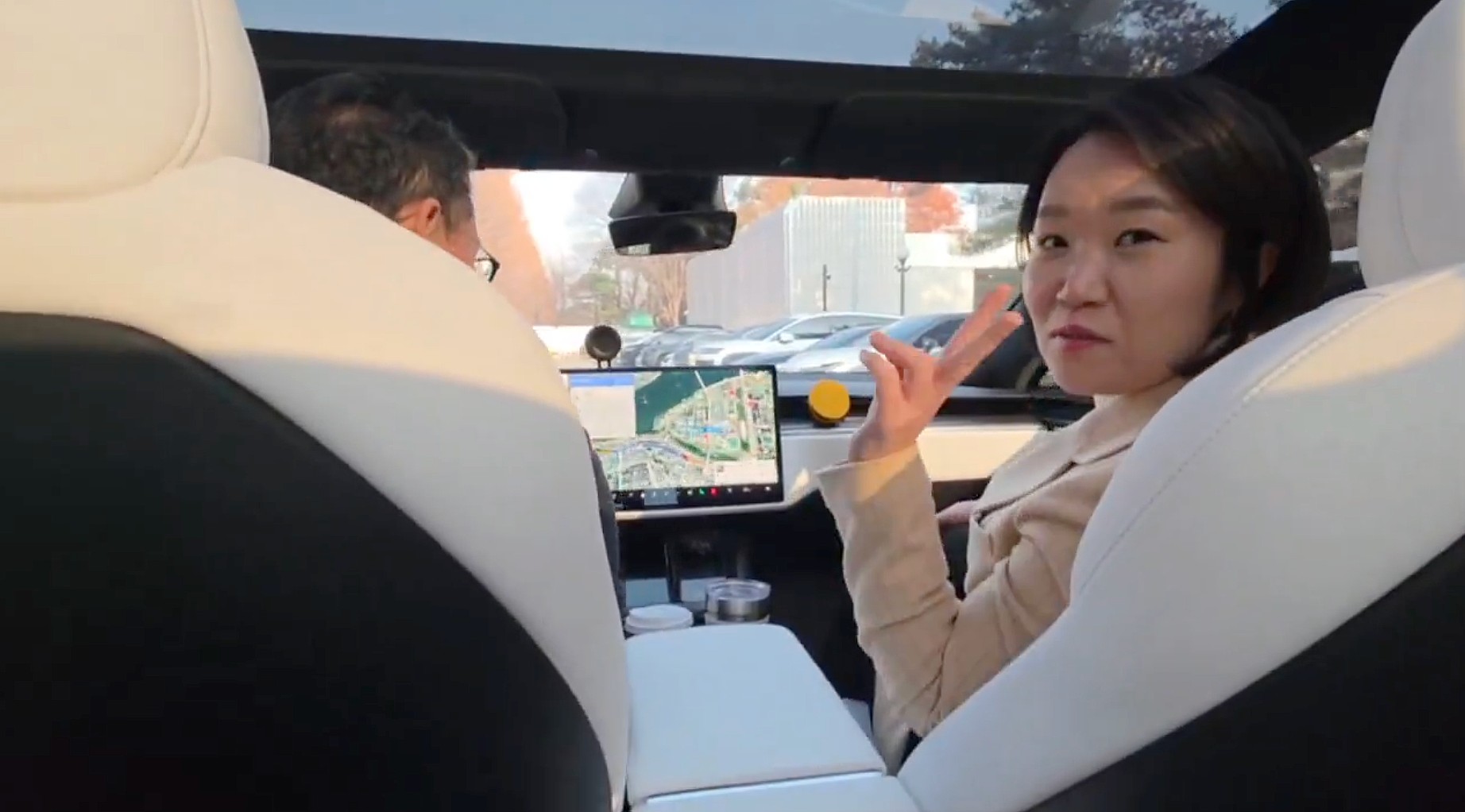
Tesla Full Self-Driving got its first sparkling review from South Korean politician Lee So-young, a member of the country’s National Assembly, earlier this week.
Lee is a member of the Strategy and Finance Committee in South Korea and is a proponent of sustainable technologies and their applications in both residential and commercial settings. For the first time, Lee was able to utilize Tesla’s Full Self-Driving technology as it launched in the country in late November.
Her thoughts on the suite were complimentary to the suite, stating that “it drives just as well as most people do,” and that “it already feels like a completed technology.”
드디어 오늘, 서울에서 테슬라 FSD 체험 했습니다.
JiDal Papa님의 모델S 협찬에 힘입어^^ 파파님 정말 감사합니다.
국회 -> 망원시장 -> 홍익대 -> 국회 복귀 코스였고요.
이미 무인 로보택시를 타봐서 그런지 신기함은
덜했지만, 웬만한 사람만큼 운전을 잘하네요.이미 완성된 기술이라고… pic.twitter.com/8pAidHBpRG
— 이소영 국회의원 (Soyoung Lee) (@im_soyounglee) December 17, 2025
Her translated post says:
“Finally, today I got to experience Tesla FSD in Seoul. Thanks to the Model S sponsored by JiDal Papa^^, I’m truly grateful to Papa. The route was from the National Assembly -> Mangwon Market -> Hongik University -> back to the National Assembly. Having already ridden in an unmanned robotaxi, the novelty wasn’t as strong for me, but it drives just as well as most people do. It already feels like a completed technology, which gives me a lot to think about. Once it actually spreads into widespread use, I feel like our daily lives are going to change a lot. Even I, with my license gathering dust in a drawer, don’t see much reason to learn to drive a manual anymore.”
Tesla Full Self-Driving officially landed in South Korea in late November, with the initial launch being one of Tesla’s most recent, v14.1.4.
It marked the seventh country in which Tesla was able to enable the driver assistance suite, following the United States, Puerto Rico, Canada, China, Mexico, Australia, and New Zealand.
It is important to see politicians and figures in power try new technologies, especially ones that are widely popular in other regions of the world and could potentially revolutionize how people travel globally.








